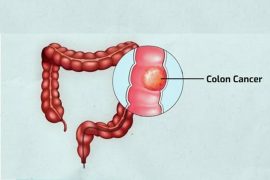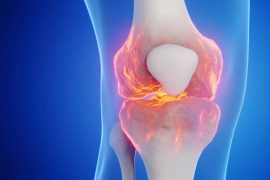Harvard and MIT’s groundbreaking risk prediction model, PrismNN, is heralded as a game-changer in cancer prevention, particularly for pancreatic cancer. With the disease’s low 11% five-year survival rate attributed to late detection, PrismNN stands out by identifying high-risk patients early on. Developed by Harvard-affiliated Beth Israel Deaconess Medical Center and MIT, the tool utilizes electronic health records, surpassing conventional screening methods. This innovative approach allowed PrismNN to identify high-risk patients up to 18 months before diagnosis, catching 3.5 times more cases than current guidelines.
The study behind PrismNN’s development was funded by various organizations, underscoring the collaborative effort invested in advancing cancer detection methods. PrismNN aims to extend screening beyond the 10% of cases with inherited predisposition, showcasing its potential to impact a broader demographic. The model’s application in the diagnosis and treatment of pancreatic cancer holds immense promise in improving patient outcomes.
PrismNN employs deep learning algorithms and medical imaging data to provide accurate detection and classification of pancreatic tumors, facilitating earlier diagnosis and intervention. This holds the potential to significantly enhance survival rates by enabling timely access to appropriate treatments. The model’s predictive capabilities are not only revolutionary in early detection but also offer personalized treatment plans based on individual tumor characteristics. This approach ensures that patients receive tailored therapies, improving effectiveness and minimizing side effects, thereby enhancing their quality of life during treatment.
Key points to know about the PrismNN model and its impact on cancer detection:
- Scalable Deployment: Leveraging routine clinical data, PrismNN allows scalable deployment of risk prediction tools, making it accessible across diverse healthcare systems and populations.
- Interdisciplinary Approach: It represents an interdisciplinary approach, bridging computer science, healthcare, and medical research to develop innovative solutions for cancer detection.
- Continuous Evolution: PrismNN undergoes continuous research and development to enhance predictive accuracy, incorporating new insights and data for advancements in oncology.
- Promise for the Future: With ongoing advancements, PrismNN holds promise for revolutionizing cancer detection and treatment, offering hope for improved outcomes and quality of life for patients worldwide.
- Expertise Integration: Collaboration between MIT CSAIL scientists and medical professionals ensures PrismNN combines cutting-edge technology with clinical expertise for impactful results.
- Innovative Collaboration: PrismNN is a collaborative effort between MIT CSAIL scientists and medical researcher Limor Appelbaum from BIDMC, combining computer science and medical expertise.
- EHR Integration: It utilizes electronic health records for advanced screening, identifying individuals at risk of pancreatic cancer up to 18 months before diagnosis by analyzing comprehensive patient data.
- Early Detection Emphasis: PrismNN emphasizes early detection beyond hereditary factors, enabling timely interventions and enhancing patient outcomes.
- Diverse Impact: Initially targeting pancreatic cancer, PrismNN shows success across various cancers, highlighting its potential to advance detection and treatment methods.
- Global Significance: PrismNN’s capabilities have the potential for global impact, particularly in regions with limited access to specialized screening resources, improving outcomes through early detection.
Furthermore, the continuous learning capability of PrismNN from real-world data presents opportunities for ongoing refinements and improvements in cancer care. This adaptability paves the way for more precise interventions and better long-term outcomes for pancreatic cancer patients. In essence, PrismNN represents a transformative step towards revolutionizing cancer detection and treatment, offering hope for improved survival rates and enhanced quality of life for patients globally.
Disclaimer:
The information contained in this article is for educational and informational purposes only and is not intended as a health advice. We would ask you to consult a qualified professional or medical expert to gain additional knowledge before you choose to consume any product or perform any exercise.







